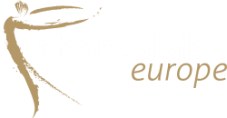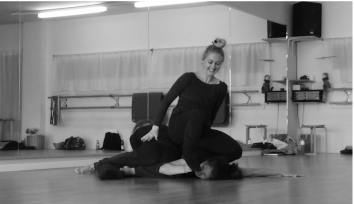|
Where am I?Hello! Here you will find the latest news about the upcoming events organized by Choreolab, reviews and reflective articles on the labs that already took place, and more insights on the work and thoughts of the participating choreographers. Stay tuned! Archieven
May 2018
Categorieën |


 RSS Feed
RSS Feed
